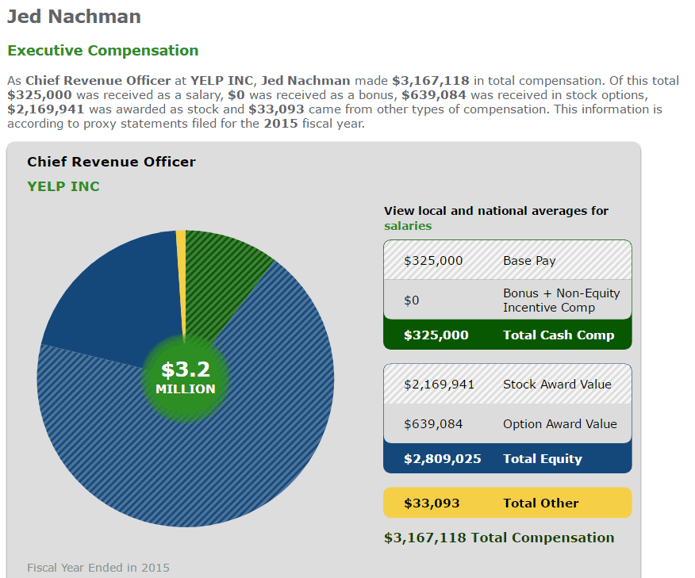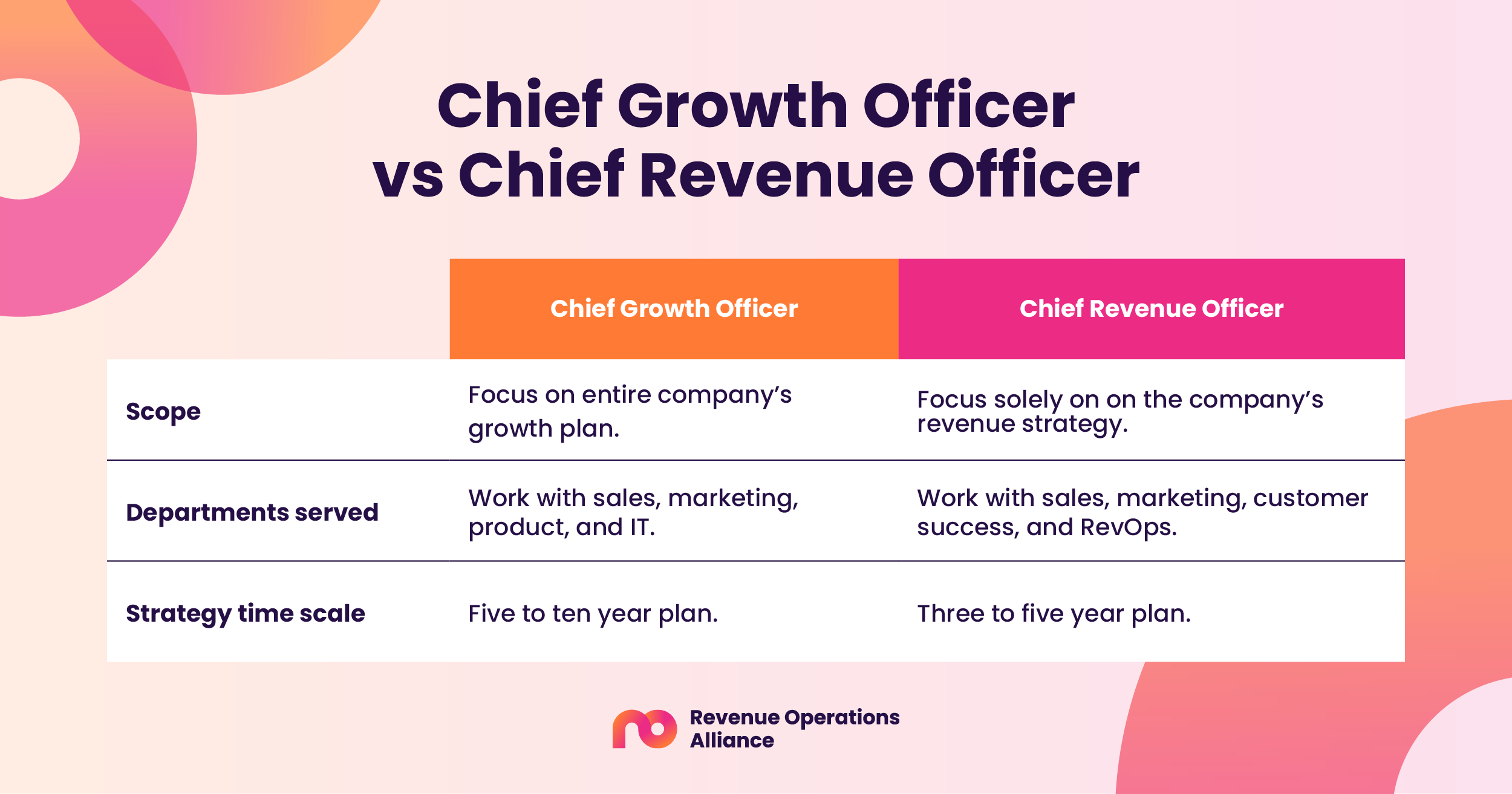CRO Compensation: Unveiling The Plan & Salary Insights
In today's dynamic business landscape, where revenue is the lifeblood of any organization, how does one navigate the complex world of compensation for the individual entrusted with its growth? A Chief Revenue Officer (CRO) holds a pivotal role, and their compensation package is a critical factor in attracting, retaining, and motivating top-tier talent. Its a multifaceted equation, influenced by industry, location, experience, and the overall financial health of the company.
The role of a CRO transcends mere sales leadership. It's about orchestrating a symphony of revenue-generating activities, aligning marketing, sales, and customer success to achieve a common goal. The CRO is not just a strategist but also a visionary, tasked with identifying new revenue streams, optimizing existing ones, and building the infrastructure necessary to fuel sustainable growth. This encompasses everything from understanding market dynamics and customer behavior to building and managing high-performing teams.
Let's delve deeper into the elements that shape a CRO's compensation package, the industry benchmarks, and the strategies for crafting effective compensation plans. The figures mentioned are estimates and may vary. These are based on a proprietary total pay estimate model that takes into account the salaries collected from various users.
- Jims Burgers Eggs Reviews What You Need To Know
- Prison Break Michael Scofields Wife The Story Unfolds
| Category | Details |
|---|---|
| Name and Title | Chief Revenue Officer (CRO) - Typically a C-Suite executive |
| Job Description Summary | Responsible for driving revenue growth, maximizing profitability, and overseeing all revenue-generating activities within an organization. Leads and integrates marketing, sales, and customer success functions. |
| Key Responsibilities |
|
| Average Annual Salary (as of May 01, 2025, in the United States) | $298,946 (Source: Salary.com) - Ranges from $232,294 to $346,180, with most professionals earning between $264,058 and $323,670. |
| Average Salary (general) | $258,868 (according to some reports) |
| Average Bonus | $496 (representing 0.19% of salary), with approximately 5% receiving a bonus each year. |
| Total Compensation (Estimated) | $572,593 per year, with an average salary of $235,762 per year (based on a different model). |
| Highest Paying Location (USA) | San Jose, CA ($511,105 total compensation on average - 97% greater than the US average). |
| Key Skills |
|
| Compensation Components |
|
| Related Roles | CEO, CFO, CMO, VP of Sales, VP of Marketing, Head of Customer Success |
| Reference | Salary.com (for salary data) |
A crucial component of any compensation package is the base salary, a fixed annual amount that provides a stable foundation for the CRO. This figure must be competitive within the industry, taking into account the CRO's experience, expertise, and the size and financial performance of the company. For instance, Salesforces president and chief revenue officer, Gavin Patterson, received a base salary of approximately $1.02 million for fiscal year 2022, illustrating the scale of compensation at larger, established tech companies.
However, the base salary is only part of the equation. Bonuses and equity, such as stock options or grants, can significantly increase the total compensation, aligning the CRO's interests with the company's financial success. Bonuses are often tied to specific performance metrics, such as revenue growth, market share gains, or profitability targets. The average bonus for a CRO might be in the range of a few hundred dollars to a significant percentage of their base salary, depending on the company's performance and the individual's achievements.
Equity provides long-term incentives, encouraging the CRO to drive sustainable growth and create value for shareholders. The amount of equity awarded can vary widely, from a small percentage of the company's shares to a more substantial stake, depending on the role's seniority, the company's stage of development, and the overall compensation structure. This long-term focus is crucial in a role where results may take time to materialize.
- Justin Trudeau Fidel Castro Fatherson Theory Debunked
- Grubhub Help Support Your Guide To Orders Issues More
The industry and location play a significant role in determining the compensation package. For example, CROs in San Jose, California, often command significantly higher salaries than their counterparts in other parts of the United States due to the high cost of living and the concentration of tech companies. The industry also matters; CROs in high-growth sectors such as technology, software, and fintech may receive more lucrative packages than those in more established or slower-growing industries. The total compensation package of a CRO will vary drastically between industries and locations.
Understanding the components of a CRO compensation plan is the first step toward creating a successful one. These components generally include: a base salary, which forms the foundation of the package; bonuses, which incentivize achieving specific performance goals; and equity, which aligns the CRO's long-term interests with the company's success. When determining the base salary, companies should carefully consider the CROs experience, the industry norms, and the overall financial health of the organization. Its a crucial part of attracting top talent and should be competitive.
Consider the difference in the approach of sales leaders and CROs. A sales leader's focus is often narrow, primarily centered on sales figures and immediate revenue targets. In contrast, the CRO adopts a broad and holistic perspective, considering the entire revenue ecosystem and looking to grow revenue in multiple ways. This means identifying new revenue streams, building the infrastructure to capture them, and ensuring all departments work in harmony. This is the modern approach.
Key Performance Indicators (KPIs) are critical for measuring the CRO's performance and determining bonus payouts. These KPIs should be aligned with the company's overall strategic goals and might include:
- Revenue growth
- Customer acquisition cost (CAC)
- Customer lifetime value (CLTV)
- Sales cycle length
- Sales conversion rates
- Market share gains
- Customer retention rate
The role is clearly cross functional, requiring collaboration across various departments, including marketing, sales, and customer success. The CRO is responsible for a companys revenue streams and has the ultimate accountability for driving revenue growth. The modern CRO needs strong leadership and strategic planning skills to guide and oversee the revenue operations of a company. The CRO playbook serves as a practical guide and is a useful reference in any situation.
Leading a RevOps team is increasingly becoming a core responsibility of the CRO. RevOps (Revenue Operations) focuses on streamlining and aligning the processes, technology, and data across the entire revenue cycle. This ensures that all departments work seamlessly together, maximizing efficiency and driving revenue growth. It is challenging role but also incredibly rewarding.
For a CFO in a private company with less than $20 million in annual revenue, the base salary might be $194,354. In a company with revenue between $21 million and $99 million, the base salary could be $237,983. These numbers provide a useful benchmark for compensation in other C-suite roles and the varying factors at play. The compensation should be competitive within the industry and reflect the individual's experience and expertise.
The role of the Chief Revenue Officer (CRO) is a critical one, and the compensation package plays a vital part in attracting, retaining, and motivating top talent. While specifics will vary according to several factors, a robust package typically includes a base salary, performance-based bonuses, and equity or stock options. To successfully attract and retain top talent, it's important to take these factors into consideration, as well as other significant considerations: industry benchmarks, location, and the companys size and financial health.
When thinking about how to build a successful revenue strategy, keep these points in mind: Open up new paths to revenue and build the machinery to get there. The modern CRO is much more than a sales leader; they are a revenue architect.

Average CRO Salary Expectations (Chief Revenue Officer)

Chief Growth Officer vs Chief Revenue Officer What’s the difference?

2024 Sales Compensation Playbook For Chief Revenue Officers